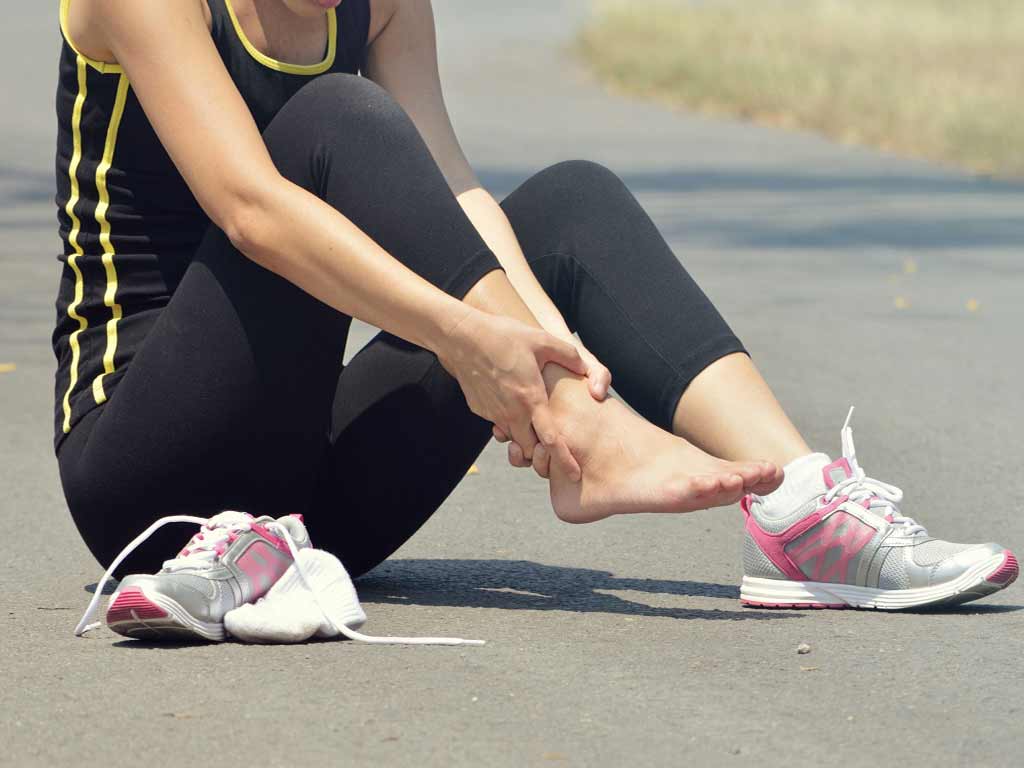
Transcutaneous Electrical Nerve Stimulation (TENS) is a form of therapy that uses mild electrical currents through a portable device. The TENS machine uses are wide and varied. It can help relieve pain and reduce inflammation in a specific body area. Individuals can use it anytime, anywhere, whenever their pain strikes. Thus, it helps improve the quality of life, especially for those with chronic pain. TENS enables them to continue daily activities without interruption.
A TENS machine is battery-operated, consisting of a small control unit and sets of electrode pads. The electrodes attach to the skin, sending electrical pulses into the affected area. This causes the sensory nerves to block pain signals and release endorphins. In addition, the intensity of the current is adjustable depending on the pain. In this article, we will explore the various uses of TENS for everyday life, in physiotherapy, and in labour.
TENS Machine Uses in Everyday Life
The TENS machine uses can be integrated with daily activities. Its primary purpose is to alleviate different conditions, such as chronic and acute pain. Individuals can use the device at home, work, or on the go. Moreover, the device is portable and easy to use. It does not require a health professional to supervise its usage.
A TENS unit has adjustable settings that allow for the customisation of treatment. Users can modify the pulse rate or frequency, pulse duration, and intensity. This capability can address various pain needs, as pain relief can vary from person to person. Therefore, it helps that individuals can set the electrical stimulation according to their pain and comfort level.
TENS therapy is a non-invasive and drug-free method of pain relief. It has no known lasting side effects, making it a safe option for pain management. It is suitable for individuals who want to avoid oral painkillers or have allergic reactions to medicines. Furthermore, it can be used with other treatment methods like physical therapy, massage, or acupuncture.
Common Conditions It Can Treat
- Arthritis – a degenerative joint condition that causes inflammation and pain. It affects multiple body parts and may even lead to joint deformities.
- Neuropathy – nerve damage that can occur due to several reasons. It can cause weakness, numbness, and pain.
- Fibromyalgia – widespread musculoskeletal pain and fatigue. It affects the muscles, tendons, and ligaments.
- Muscle tension – stiffness of the muscles, which can reduce mobility.
- Period pain – abdominal cramping before and during the menstrual period.
- Tendinitis – an inflammation of the tendon that connects the muscle to the bone. It is common in athletes or those who engage in repetitive motions.

TENS Machine Uses in Physiotherapy
One of the main TENS machine uses is to reduce pain during physiotherapy. It can help ease the discomfort of intense exercise and stretching. TENS can reduce fatigue and muscle soreness due to physical activity. Moreover, it can speed up the healing process of injured muscles. People with sports injuries may benefit from TENS therapy during their rehabilitation process.
Additionally, TENS machines promote blood circulation. The mild electrical pulses increase blood flow to the affected area, which can reduce swelling. This is beneficial for patients coping with post-operative pain. TENS helps accelerate the recovery time after surgery and improve overall outcomes. Individuals may use the device until they make a full recovery.
In rehabilitation, a physical therapist may administer TENS to a patient. They can determine the proper electrode placement and the right amount of electrical stimulation. Likewise, they monitor the progress of the treatment and make the necessary adjustments. Overall, TENS is beneficial in accelerating healing and minimising discomfort for those with injuries and mobility issues.
How Does It Work?
A TENS machine works based on two main theories: the Gate Control Theory and the Endogenous Opioid Release Theory. The first one suggests that electric stimulation blocks pain signals in the spinal cord from reaching the brain. Accordingly, the pain gate mechanism prioritises which signals it lets pass through.
The second theory suggests that small doses of electric currents can stimulate the release of endorphins. These are opioid peptides that reduce sensations of pain. They also produce positive outcomes, such as increased euphoria and a sense of well-being. The effects often last longer, making it suitable for chronic pain conditions.

TENS Machine Uses in Labour
The TENS machine uses in labour serves several benefits. This non-invasive treatment can help from the early to late stages of labour. It provides a drug-free alternative to pain relief for women who want to avoid medication. It can also reduce the need for epidural anaesthesia in some cases. Many women find using a TENS machine can reduce the intensity of contractions and lower back pain.
It is recommended to start TENS treatment at the early stages of labour when the contractions get longer and stronger. To use, a birth partner can help attach the electrode pads on the lower back on both sides of the spine. Then, activate the device and adjust the intensity of the stimulation. It is essential to start at the lowest setting and gradually increase as the pain intensifies.
Another use of a TENS machine during labour is to provide distraction. The electrical pulses create a tingling or buzzing sensation, which can help to divert attention away from the pain. This technique can be useful during the early stages when the intensity of contractions may not be as high.
Safety Guidelines
Using a TENS machine is generally safe, but it is important to follow safety precautions. It is also essential for pregnant women to consult a doctor to ensure it is safe to use during pregnancy. When using the device, do not apply the electrode pads directly over the abdomen or chest area.
Users should also avoid areas with skin irritation or open wounds. Additionally, ensure the pads are in the correct position on each side of the spine. Also, monitor for any signs of allergic reactions. Lastly, do not operate the TENS machine in water because it can cause an electric shock.
Conclusion
In summary, the TENS machine uses are vast and versatile. It can help reduce pain symptoms, improving the quality of life for individuals with chronic pain. Users may use it daily without worry of side effects or health complications. Moreover, it is valuable for people recovering from an injury or surgery. Women may also use the device to manage pain in labour. Nevertheless, operating it correctly and following the safety guidelines is vital.
The non-invasive and drug-free nature of a TENS machine makes it a safer option than medications and reduces the need for surgery. Furthermore, the device is portable and easy to use, making it an ideal solution for those searching for pain relief on the go. Finally, it is a cost-effective method of treatment. It minimises the need for regular physical therapy sessions, which can be costly and time-consuming. Those interested in using TENS may consider the iTENS from iTENS Australia.







